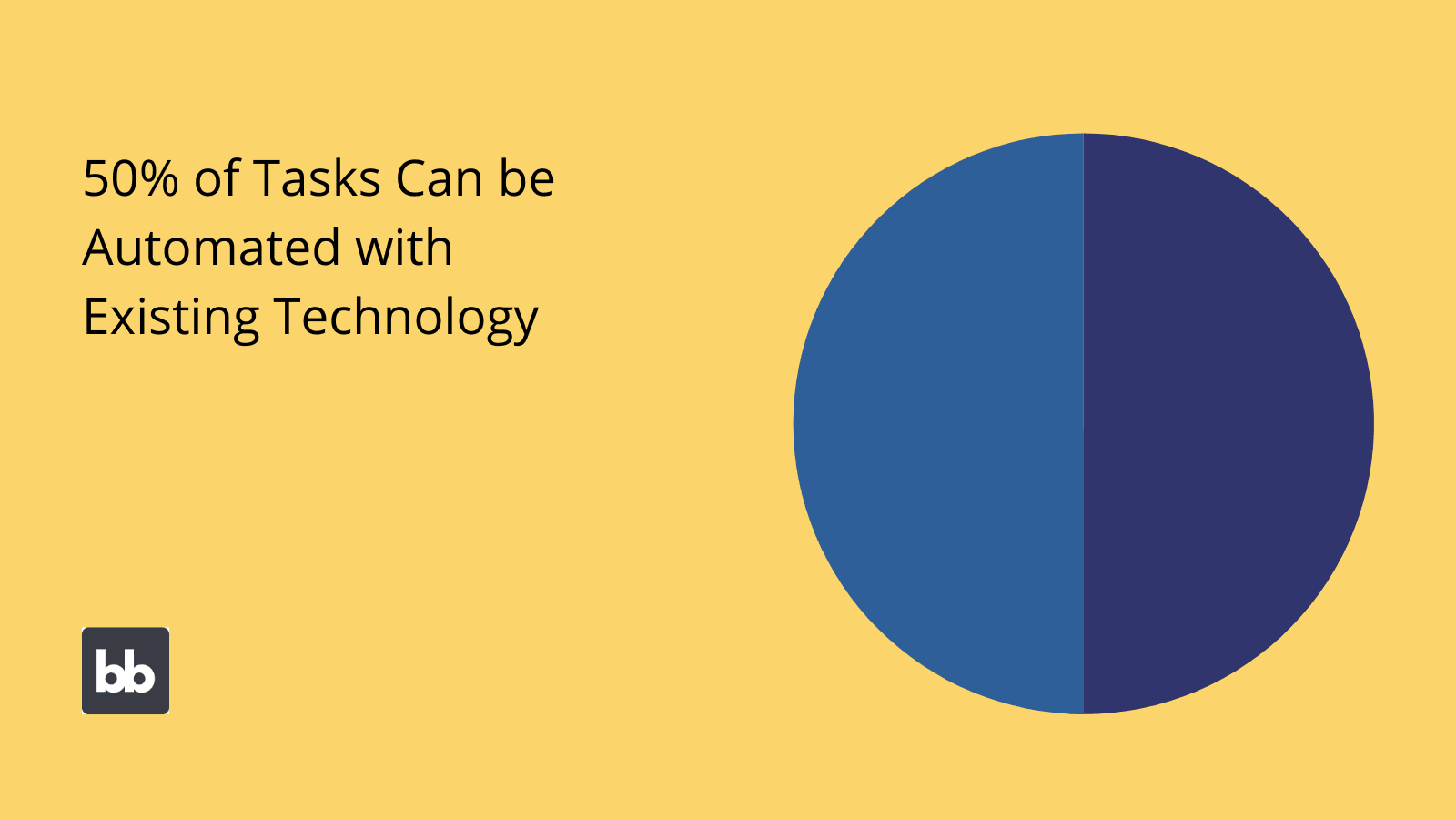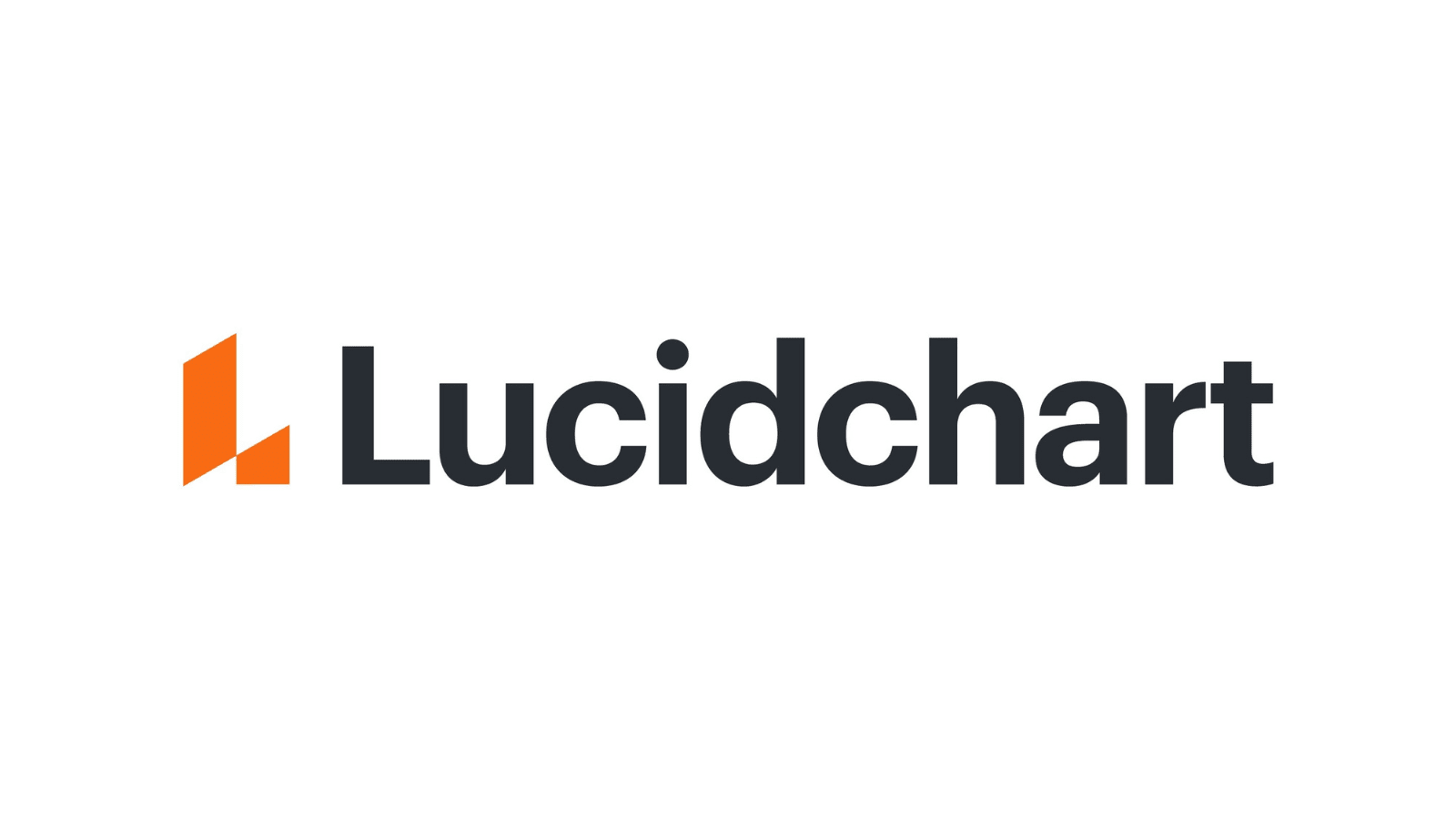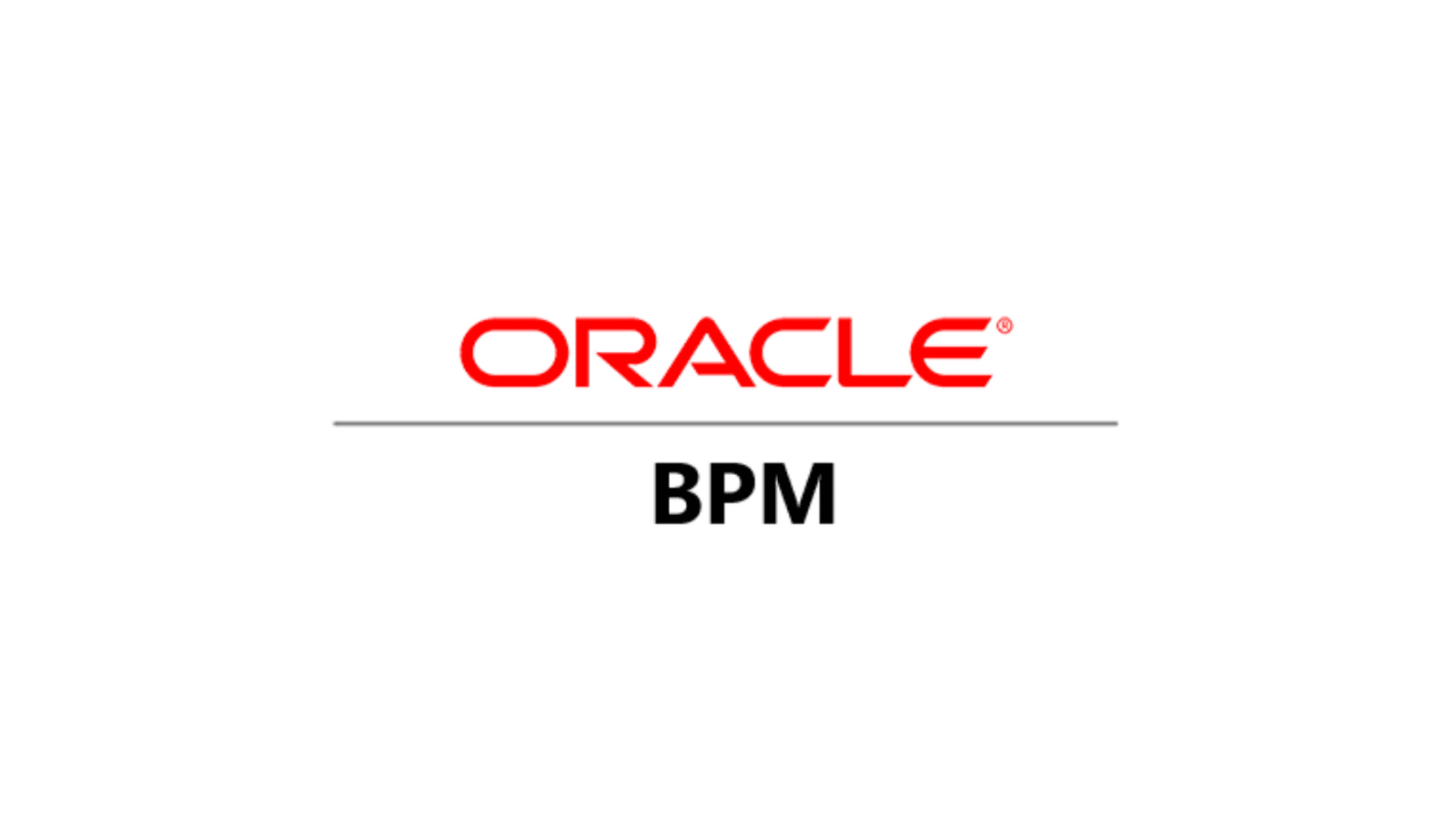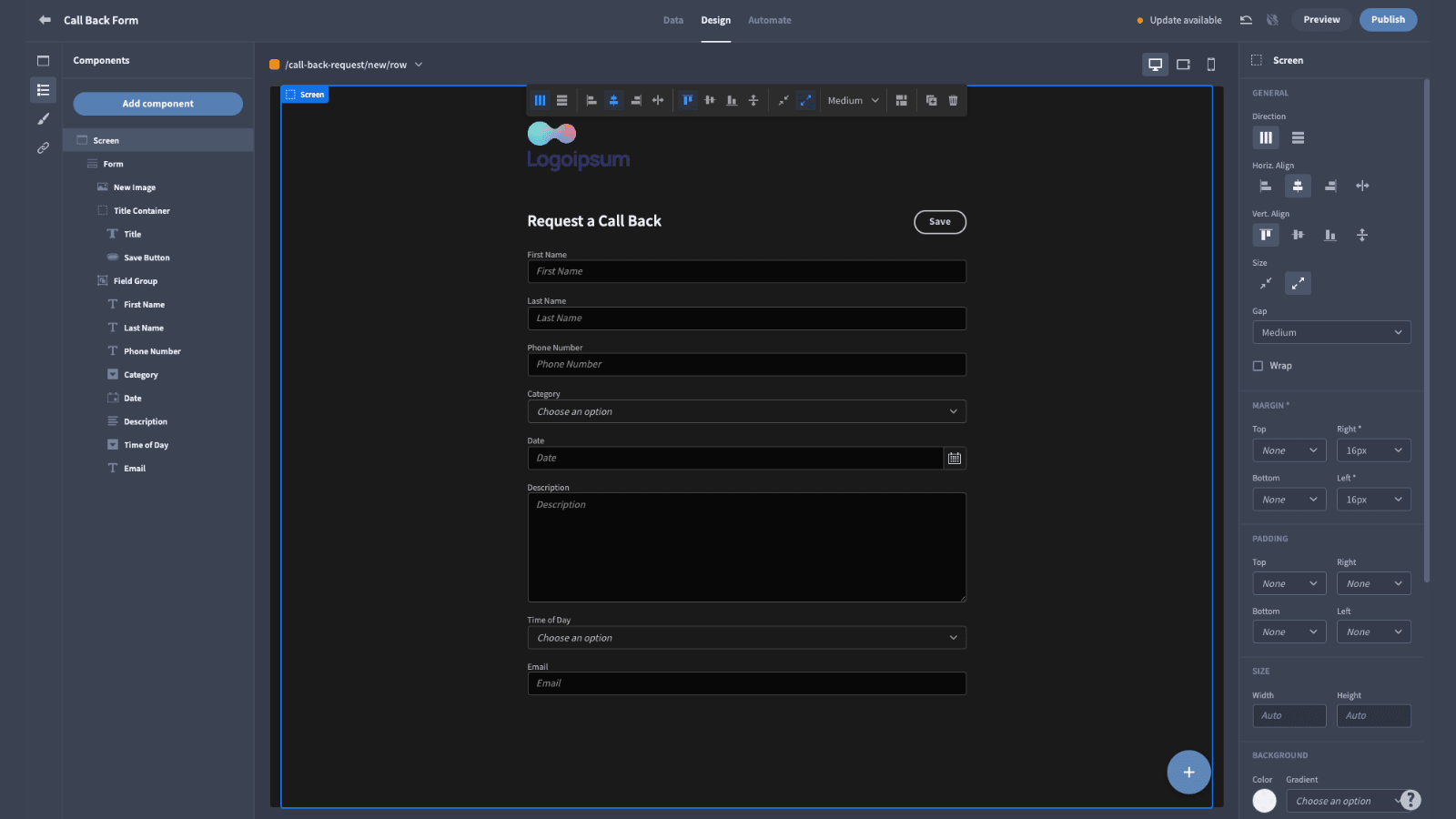Workflow Management Tools | 2025 Buyer’s Guide
Workflow management tools are a key part of any digitization effort. To regularize and streamline repeated tasks, we need appropriate technology. If you want to be competitive nowadays, this is basically non-optional.
The trouble is that this can mean so many different things in different contexts.
For example, managing your ecommerce sales won’t have much in common with managing internal HR tasks. This means that workflow management software also has a wide scope, in terms of potential use cases and functionality.
As you might expect, this can make purchasing decisions fairly tricky.
Plenty of platforms bill themselves as workflow management tools, but this often doesn’t tell you much about whether or not they’ll be of any use for your specific needs.
In the context of ever-growing demand for digitalization, we need a clear and robust approach to assessing and choosing the right tools for specific use cases.
That’s just what we’re going to cover today.
Specifically, we’re going to survey the market, checking out the core features that are common to most platforms, as well as the more specific functionality you’ll need to look out for in various situations.
Of course, we’ll also see some of your best options for managing workflows in 2023.
Before we get to all of that though, we need to start with the basics.
What is workflow management software?
Workflow management software is harder to pin down than you might think. Broadly speaking, we can define it as any platform that we use to streamline, optimize, or regularize the way that repeated tasks are carried out.
This can take a whole bunch of different forms.
So, managing a workflow could equally mean eliminating admin tasks, building efficiency into user interactions, monitoring our resource usage, or any number of other activities.
When software helps with any of these issues, we can think of it as a workflow management tool.
We’ll drill into some of the more specific functionalities, use cases, and market segments that we might encounter a little bit later.
First, though, it’s worth thinking a little bit more deeply about what workflow management actually entails in more practical terms. Basically, this is a set of strategies aimed at improving efficiency, cost-effectiveness, accuracy, speed, or other important aspects of your daily tasks.
We can leverage all sorts of technical, operational, governance, or other techniques to achieve this. The important thing for our purposes today is that we understand the different roles that technology can play.
Software tools can be used to identify and facilitate other transformation opportunities, but equally, implementing them might be the transformation in and of itself.
We’ll return to each of these ideas throughout our discussion today.
What do workflow management tools do?
So, at a more concrete level, what does workflow management software actually do?
We’ve hinted at the top-level goal here - optimizing workflows. Next, we need to flesh out the more specific ways that this is achieved.
The majority of workflow management tools provide some combination of the following functionalities:
- Eliminating manual interactions through automation.
- Establishing oversight into workflow progress and performance.
- Centralizing resources and documents.
- Providing efficient interfaces for user interactions.
- Integration with related platforms.
- Auditing, analytics, and other accountability measures.
- Visualization tools.
- Data management.
- Codifying existing business rules and logic.
- Facilitating the creation of bespoke solutions for workflow management.
There’s a fair amount of variation in the actual functionality provided by individual platforms. As we’ll see in a second, some tools position themselves as full-stack workflow management tools, while others might focus on a single function.
 (McKinsey
)
(McKinsey
)
Similarly, some are intended to help you analyze workflows and identify improvements, while others aim to action very specific optimizations.
Furthermore, we know that workflow management can draw on a huge variety of different interventions. Therefore, it stands to reason that your software stack will need to provide sufficient capability and flexibility to meet this challenge.
Check out our guide to digital enablement .
7 types of workflow management software
With that in mind, let’s think about the broad classes of workflow management software on the market today.
Of course, we could carve the market up a few different ways.
For instance, in terms of different tools’ scope, target users, core features, pricepoint, or some other variable. However, given the wide span of potential use cases that we need to deal with, none of these would be quite satisfactory.
Instead, what we need is a taxonomy that reflects the real-life needs of businesses, and the different ways that they can implement workflow management.
With that in mind, here are the seven types of software that we might turn to for workflow management. Although, as we’ll see, there’s a certain amount of overlap within the categories in this framework.
Workflow mapping and modeling
First up, we have software that helps us make sense of how our workflows actually operate in practice - either at present or as a basis for change and improvement.
Basically, the idea is to enable you to create systematic, workflow-neutral representations of how tasks are completed. Generally speaking, this is based on flowchart diagrams, with nodes representing the different constituent actions and decisions within a workflow.
Nowadays though, most workflow mapping tools also provide additional functionality for actual implementation.
For instance, building simple automations using third-party integrations.
Automation tools
We also have dedicated automation platforms. As the name suggests, these are primarily aimed at allowing you to eliminate the need for manual actions or human decisions within tasks.
This is a pretty broad category, though. In fact, there are several kinds of automation that we can point to which all require their own respective categories of tools.
Most automations that come under the umbrella of workflow management are based on fairly simple trigger/action pairs. Basically, this is an instruction that a certain action should be taken automatically if a defined condition is met.
In more advanced or niche cases, we might need to turn to platforms that offer what’s known as robotic process automation or other AI-based methods which more closely resemble human decision-making.
However, the bulk of efficiency savings can be achieved with much simpler rules, by integrating different systems in your existing software stack. We’ll see more on this later.
 (McKinsey
)
(McKinsey
)
Business intelligence tools
Business intelligence tools are all about drilling into data to create actional business insights. These aren’t exactly workflow management tools per se, but they do have an invaluable role to play nonetheless.
Nowadays, businesses of all shapes and sizes sit on huge volumes of data, but they generally can’t make sense of it, much less put it into action. BI platforms are built to bridge this gap - first by bringing disparate data sources together and then by providing actionable insights.
For workflow management, this means a couple of important things.
On the one hand, BI is hugely important for providing the data we need to analyze our workflows and identify potential optimizations in the first place. On the other hand, it plays a similar role in helping us to quantify our success at implementing improvements.
Workflow-specific platforms
We can also think about tools that are designed to streamline or improve a specific task or group of tasks, rather than workflows in general. These days, these mostly take to form of SaaS platforms.
So, there are whole swathes of companies out there that position themselves as solutions for streamlining specific kinds of activities - email marketing tools, HR platforms, CRMs, financial software, booking management systems, and much more can all fall into this category.
It’s vital to pay attention to the extent of customization, configuration, integrability, and flexibility offered by individual vendors here. Platforms are almost always designed to suit the widest number of use cases.
The flip side of this is that out-of-the-box solutions might only be viable if your workflows are relatively generic or if the platform offers you sufficient flexibility to adapt it to your more specific needs.
In particular, watch out if you’ll need to pay extra to get these kinds of features.
For instance, even in a more or less generic workflow, we might need to configure custom automation rules or leverage our own data sources.
So, if we want to manage workflows with tools that are tightly focused on a particular kind of task, we’ll need to be particularly meticulous about vetting its features and the relative costs of these.
Generic office tools
They say spreadsheets run the world. A huge proportion of workflows are managed, wholly or in part, using ordinary office tools, including word processors, spreadsheet software, and other related solutions.
Frankly, this is a big problem. For example, if you use spreadsheets to enter and manage data, you’re going to encounter issues with human error, accuracy, and validity. This becomes more and more severe the more actors are involved in a workflow.
So why are spreadsheets so ubiquitous?
In large part, this comes down to familiarity. It’s just what users are used to. Essentially, we sacrifice quality in our workflows for convenience.
As such, countless businesses and teams will benefit from tools that can compete with spreadsheets for usability, but outperform them on accuracy, control, and more advanced functionality.
Moving away from spreadsheets is a key impetus for investing in other kinds of workflow management tools.
End-to-end solutions
We also need to touch on the kinds of platforms that bill themselves as all-encompassing workflow management tools. These are a popular option, especially for larger businesses that need to manage large numbers of diverse workflows.
The most obvious benefit of this approach is that we can rely on a single platform for all of our workflow management needs - at least in theory.
So, in one platform you can gather data, gain insights, model workflows, create automations, build interfaces, monitor performance, and more.
Another benefit is that you’ll have a single bill to worry about.
There are a couple of important downsides to consider though.
Firstly, when we become dependent on a single platform for all aspects of our workflow management, we begin encountering a range of new risks including vendor lock-in, vulnerability to price hikes, and more.
Besides, this can often end up being a fairly expensive option, depending on individual platforms’ pricing models.
Take a look at our guide to in-house software development for more details on going down the custom route.
Low-code platforms
Finally, more and more businesses are turning to low-code tools for managing workflows. The reality is that there’s an ever-growing demand for custom workflow management solutions, but there’s also a stark global shortage of talented developers.
Low-code development is one of the most effective ways to bridge this gap.
The idea is that businesses are better placed to meet their required technical capability when they don’t have to deal with resourcing bottlenecks in their IT departments.
With the right low-code tools, we can empower non-development colleagues to create solutions for themselves, while at the same time allowing professional developers to build tools more quickly.
We’ll see how this works in Budibase shortly.
Key use cases
So, we know what workflow management tools are, including the various guises that they can come in. We’ve also explored some of the core functionality that we will need to look out for.
Next, we can move on to the specific situations where different sorts of workflow management software come into their own.
As we know, workflows across all business verticals can vary hugely in terms of scope, complexity, and importance.
With that in mind, let’s look at some of the key situations that workflow management tools come into play.
Workflow analysis, optimization, and improvements
The first use-case for workflow management tools is any situation where we need to understand more about what makes our internal tasks tick - especially when it comes to figuring out how we could make them better.
So, analysis in the first instance, as well as everything that stems from this - including transformations, optimizations, and ongoing efforts to get the most out of our resources.
As we’ve hinted at already, there are a few distinct levels to this though.
On the one hand, there are the overtly descriptive issues that we touched on already, relating to modeling, mapping, and visualizing the actions required to complete a task.
Then, there’s the actual analytical side of things, including measuring the impact of each action, as well as making a judgment as to whether or not they’re viable or cost-effective.
Reducing admin burdens
One of the major justifications for investing in new workflow management tools is to make efficiency savings by cutting down on extraneous administrative work - whether this means eliminating it entirely or minimizing the labor required.
In fact, this is probably the most common reason that business turn to workflow management software in the first place.
In practice, this can mean several things.
Obviously, automation is one of the most powerful tools at your disposal. We’ve already covered this, so there’s no need to go into detail about it again.
But we haven’t seen so much about the strategies we can use when tasks aren’t easily automated. So how do we go about leveraging software to streamline our workflows, besides automation?
There are a few key things to get our heads around.
First, UX plays an enormous role. Either in the sense that a particular platform offers users a more efficient way to take certain actions or that it allows us to build interfaces to streamline tasks.
Streamlining data management
Most workflows are can be expressed as a defined set of data management actions that are tied to particular business rules. For example, if a customer’s order meets certain criteria, it might need to be flagged to the fraud team.
The most basic way to do this would be changing an attribute that stores a value for whether or not the order is suspicious. Or we might export the relevant entry to an entirely separate database.
We can think about any series of steps in a similar way - by expressing them as data management actions.
These can include creating, reading, updating, or deleting database entries. Or, we may need to draw on more complex actions, including validation, cleansing, aggregation, processing, and security tasks.
Essentially, the role of workflow management tools here is to allow non-technical colleagues to take the actions they need, without necessarily needing specialist skills or knowledge.
Improving accountability
Workflow management has just as big a focus on accountability as it does on efficiency and cost-effectiveness. As such, we’ll often turn to software when we need to make our workflows more transparent, robust, or otherwise improve accountability.
For example, with features like audit logging, backups, RBAC, and more, we can more tightly control and monitor how and when users take different actions.
This helps us to manage incidents, identify issues with our workflows, and provide clear expectations to different users.
Managing resources
We’ll often use workflow management tools when we need to control how various resources and documents move between different actors, teams, and tools within our organization. Obviously, this is mostly applicable to document-centric workflows.
For instance, contract management, invoice approval, or other paperwork-heavy tasks.
The key here is maximizing efficiency, oversight, and security.
We might also turn to more use-case-specific tools. For example, platforms that are designed for managing a particular kind of document - or even more advanced tools that allow us to automate content-level actions.
Building internal tools
Finally, a huge number of workflows end up requiring custom solutions - albeit relatively simple ones. Modern businesses deal with huge volumes of internal tools.
The challenge is keeping up with the demand for digitalization.
So, we need the right tools to unlock our technical team’s potential. Low-code development is the natural answer. Empower developers to build solutions faster, while also allowing non-technical colleagues to solve their own problems with custom applications.
We’ll see how Budibase leads the pack here a little bit later.
Workflow management tools: decision points
With any software procurement decision, we’re going to encounter trade-offs, competing concerns, and other difficult choices. As such, we need to have a clear picture of some of the key decision points we’re dealing with.
This cuts across functional and non-functional requirements, as well as more operational issues like costs and licensing.
Luckily, we’ve hinted at many of these already. Let’s quickly summarize to solidify our knowledge.
Our top decision points include:
- Costs - Of course, we might be operating within a predefined budget. Or, we might need to prove the potential return of investing in a particular platform.
- Legal/financial constraints - In large organizations, we’ll also be constrained by highly specific legal and financial procedures and requirements.
- Functional requirements - Is a particular platform actually capable of what we need it to do? Does it offer a feature set that’s appropriate for our use case?
- Access control - Whether or not a particular platform can be configured to reflect our internal roles and team structure.
- Security/compliance - Does a particular tool meet our security and compliance requirements? Are relevant protocols and other security measures provided for?
- Hosting - Does the vendor provide suitable hosting options? Can we self-host if we need to?
- Customization - Is there sufficient flexibility and scope for customization for us to thoroughly map our business rules?
- Admin and user management - How much admin work will we be creating by implementing the software?
- Support and maintenance - Does the vendor provide effective support and maintenance? Can this be taken in-house? What costs will you incur in either case?
The important thing here is understanding that you might need to prioritize some of these issues over others. So we might end up needing to compromise on some decisions in order to meet our requirements under others.
However, sometimes compromise can be difficult - for example, if you have multiple options that each only meet a subset of your firm requirements.
In this case, we’ll likely need to turn to custom solutions - whether this is building the software we need from the ground up or creating capability around the edges of existing platforms.
Check out our ultimate guide to integration in digital transformation .
Workflow management software: 5 picks for 2023
So far, we’ve mainly been concerned about the theoretical side of choosing workflow management tools. It’s about time we checked out some of the top players on the market today.
Cast your mind back to the different categories of tools we saw earlier. Since there’s such a large amount of variation between platforms, comparison can be tricky.
With that in mind, here are five of our top choices from across different segments of the workflow management software market.

Zapier
Zapier is probably the most ubiquitous automation and integration platform around. In fact, for many businesses, it’s the platform for integrating tools and automating tasks.
In large part, this comes down to the ease with which you can create highly streamlined workflows across your entire software stack. Zapier is based around an accessible flowchart interface to define actions, rules, and connections to external platforms.
This makes Zapier an ideal solution for bridging the gap between existing platforms to maximize capability within your software stack.
However, for more complex use cases, Zapier isn’t always sufficient on its own. For example, it has its own interface-building tools, but these aren’t particularly advanced.
Check out our Zapier integration page to learn more about leveraging it within Budibase.

LucidChart
LucidChart is another widely used workflow management tool. However, it aims at a very different set of use cases.
That is, the goal here is simply to model, visualize, and represent workflow structures, rather than to implement changes to them as such.
So, at its core, LucidChart is a diagramming tool. However, it also brings a lot more to the table, with a particular focus on helping teams to collaborate and share ideas while modeling, analyzing, and developing workflows.
For example, real-time edits and comments, as well as integrations with Microsoft Office and Google Workspace.

Microsoft Tools
Microsoft’s Office suite is undoubtedly the most widely used ecosystem of workflow management tools - even if they aren’t all billed as such. The most obvious examples are Dynamics, PowerApps, and Excel.
However, it’s easy to mistake this ubiquity for them being the best solutions. The truth is more complex. Spreadsheets are obviously fundamental to just about every business and team. But they don’t exactly square with the core aims of workflow management.
Check out our guide to spreadsheets vs databases for a more in-depth discussion of this.
Dynamics and PowerApps are aimed at building more advanced workflows, but they also require a high amount of technical skill and expertise to implement effectively. This can be problematic for businesses with a large backlog of development work.

Oracle
Oracle is a popular solution for managing workflows in an enterprise environment - among much much more.
In fact, Oracle offers a vast suite of applications and development tools, including for managing a wide variety of different workflows.
This applies right across the spectrum of different workflow management tasks, from ideation to planning, implementation, and monitoring.
The downside, of course, is that this is a relatively expensive option - if you’re not already basing internal processes around Oracle tools.
Check out our Oracle integration page to find out more about leveraging it as a data source for your Budibase apps.
Budibase
Budibase is the ideal way to build custom applications to manage workflows - cost-effectively and at pace.
Busy IT teams around the world choose our low-code platform to furnish their colleagues with the tools they need, without incurring excessive costs or unnecessarily burdening their developers.
Instead, our mission is to empower developers to build applications faster, while also enabling non-technical colleagues to solve problems for themselves, without needing to bother the specialists.
Whether you need to build simple CRUD applications or highly specific internal tools, Budibase is trusted by tens of thousands of businesses around the world.

Build tools to manage workflows with Budibase
Let’s dive a little bit deeper into what makes Budibase tick. Our open-source, low-code platform is designed for busy IT teams that need to deliver large volumes of tools, without compromising on quality.
Let’s see what this means in practice.
Simplicity by default
Budibase is simple by default but extensible when you need it to be. Professional developers and non-technical users choose our platform for fast, flexible app builds. From autogenerating simple applications to creating custom components, Budibase is a developer’s best friend.
Check out our features overview for more information.
Connect your data
We lead the pack for external data support. Budibase offers dedicated connector UIs for SQL, Postgres, Oracle, S3, Airtable, Mongo, Couch, REST, Arango, Google Sheets, and more.
Alternatively, you can use our internal database, BudibaseDB, to get up and running in seconds - including with CSV imports.
Self-hosting
Budibase users can host their tools however they like. Deploy to your own infrastructure using Kubernetes, Docker, Digital Ocean, and more, or use Budibase Cloud and let us handle everything.
Take a look at our pricing page to learn more about both options.
Automations and integration
Automate workflows with ease. Budibase offers an intuitive, step-based automation editor, with a range of built-in, nestable actions. Use Zapier, WebHooks, and our internal API to create streamlined workflows across your entire software stack.
Check out our ultimate guide to workflow automation .
RBAC
Budibase offers flexible, configurable RBAC to help you maximize security and efficiency. Grant permissions based on data sources, queries, screens, or individual components, without writing a single line of code.
It’s never been easier to build secure, performant apps that empower all kinds of teams to manage data.
Extensibility
With Budibase 2.0, we’ve launched custom plug-ins. Use our CLI tools to build your own components and data sources, then leverage them across all of your application builds.
Check out our custom plug-ins documentation to learn more.
50+ free app templates
Businesses all over the world choose Budibase to build custom solutions for all kinds of workflow management applications.
We have a lot of confidence in our platform, but why should you take our word for it? To prove what Budibase is capable of, we’ve created over 50 free, customizable, and ready-to-use app templates .
To start building applications the fast, easy way, sign up to Budibase today, for free.